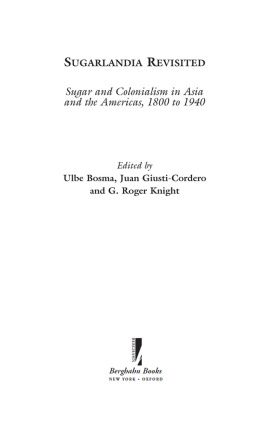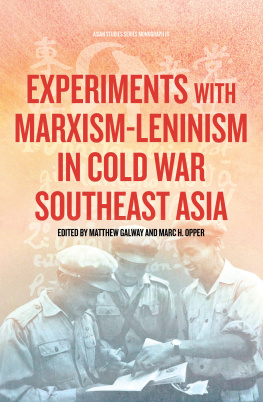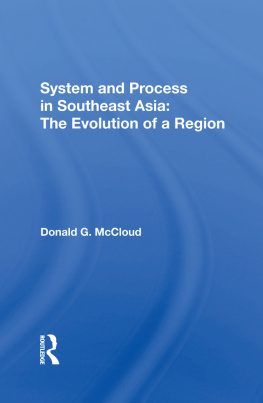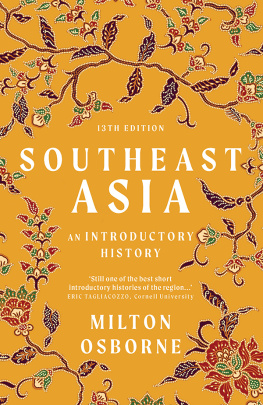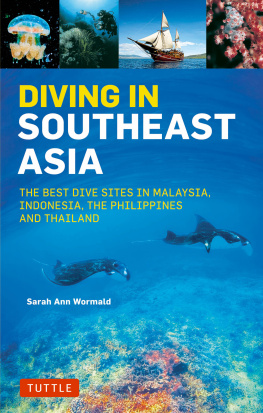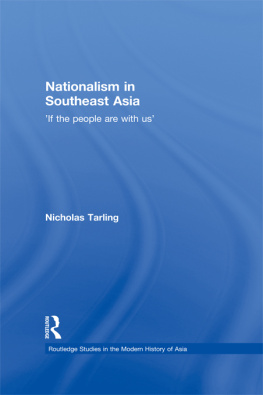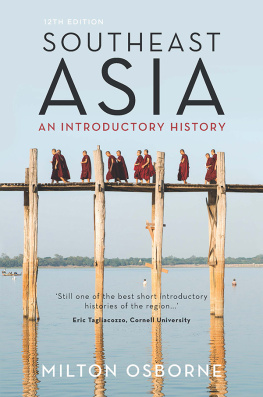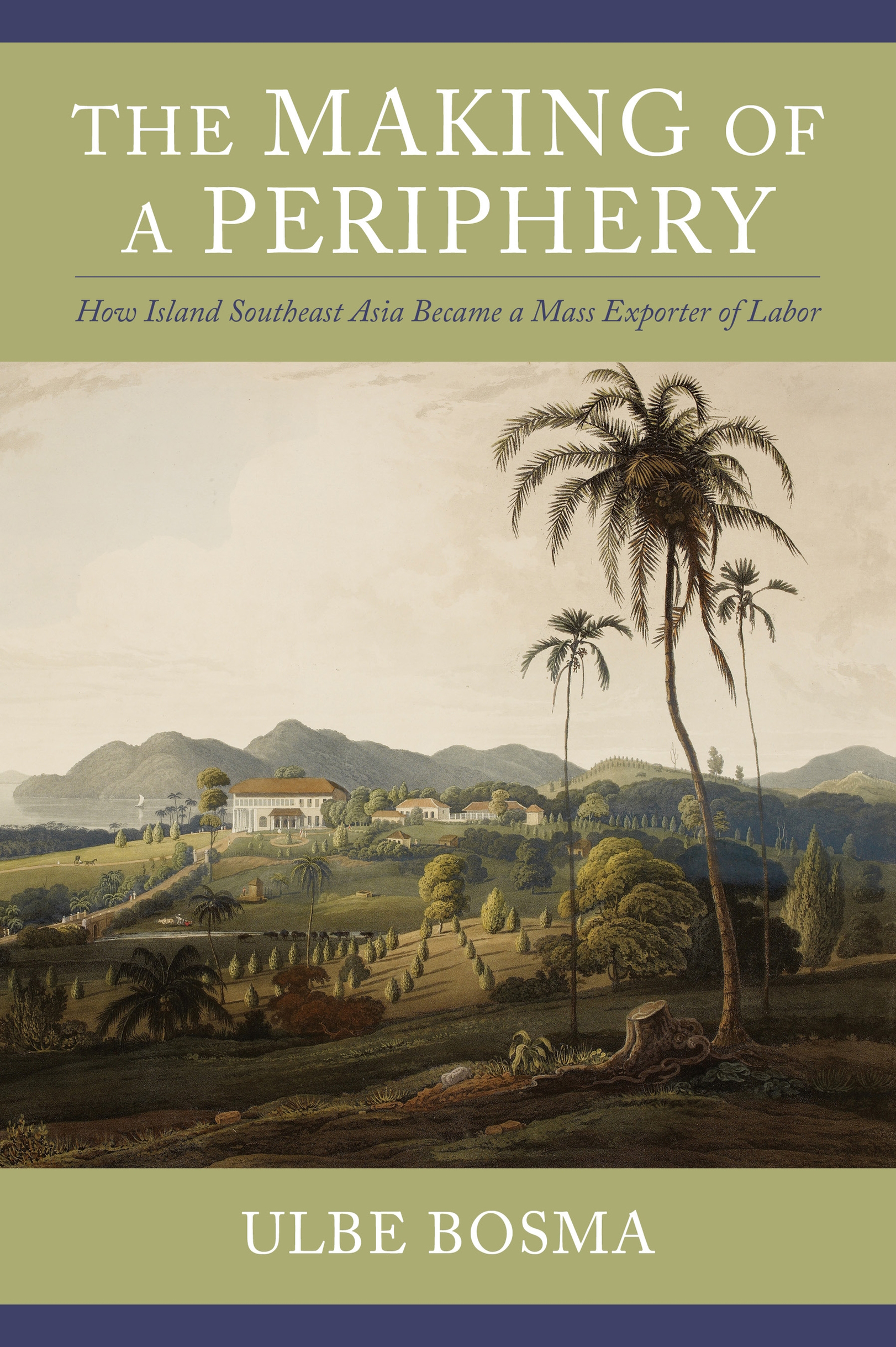Contents
Guide
Pagebreaks of the print version
THE MAKING OF A PERIPHERY
Columbia Studies in International and Global History
COLUMBIA STUDIES IN INTERNATIONAL AND GLOBAL HISTORY
Cemil Aydin, Timothy Nunan, and Dominic Sachsenmaier, Series Editors
This series presents some of the finest and most innovative work coming out of the current landscapes of international and global historical scholarship. Grounded in empirical research, these titles transcend the usual area boundaries and address how history can help us understand contemporary problems, including poverty, inequality, power, political violence, and accountability beyond the nation-state. The series covers processes of flows, exchanges, and entanglementsand moments of blockage, friction, and fracturenot only between the West and the Rest but also among parts of what has variously been dubbed the Third World or the Global South. Scholarship in international and global history remains indispensable for a better sense of current complex regional and global economic transformations. Such approaches are vital in understanding the making of our present world.
For a complete list of books in the series, see .
The Making of a Periphery
How Island Southeast Asia Became a Mass Exporter of Labor
Ulbe Bosma
Columbia University PressNew York 
Columbia University Press
Publishers Since 1893
New York Chichester, West Sussex
cup.columbia.edu
Copyright 2019 Columbia University Press
All rights reserved
E-ISBN 978-0-231-54790-1
Library of Congress Cataloging-in-Publication Data
Names: Bosma, Ulbe, 1962 author.
Title: The making of a periphery : how island Southeast Asia became a mass exporter of labor / Ulbe Bosma.
Description: New York : Columbia University Press, [2019] | Series: Columbia studies in international and global history | Includes bibliographical references and index.
Identifiers: LCCN 2018054001 (print) | LCCN 2018057960 (ebook) | ISBN 9780231188524 (cloth : alk. paper)
Subjects: LCSH: Foreign workers, Southeast AsianHistory. | Labor marketSoutheast AsiaHistory. | Southeast AsiaPopulationHistory. | Southeast AsiaDependency on foreign countriesHistory. | Southeast AsiaEconomic conditions19th century. | Southeast AsiaEconomic conditions20th century.
Classification: LCC HD8690.8 (ebook) | LCC HD8690.8 .B67 2019 (print) | DDC 331.6/259dc23
LC record available at https://lccn.loc.gov/2018054001
A Columbia University Press E-book.
CUP would be pleased to hear about your reading experience with this e-book at cup-ebook@columbia.edu.
Cover design: Milenda Nan Ok Lee
Cover art: British Library Board / Robana / Art Resources NY
Contents
TABLES
GDP per capita, 18802000
Chinese immigrant labor in mines and plantations in Indonesia and Malaysia, c. 1800
Conjectural demographic consequences of slave trading and raiding in the Indonesian archipelago, 18201850 (annual average)
Conjectural numbers for slave trading and raiding for Island Southeast Asia, 18201850
Geographical division of Javas population, 18151930
Hirschman index, 1913 and 1938
The capitals of the Netherlands Indies, British Malaya, and the Philippines in 1830 and 1930
MAPS
Island Southeast Asia
Slave-raiding routes, 17501880
Slavery in early nineteenth-century Netherlands Indies
Reconstruction of annual average net migration of indigenous Javanese population between Residencies, 18671894
Reconstruction of migration between Provinces in the northern Philippines, 18871903
FIGURES
Population growth in Island Southeast Asia, 17601900
The writing of this book has been an exiting and complicated exercise in comparative global history. I was extremely fortunate to be in environments where I found all the facilities and encouragement I needed to engage with the range of topics I cover here, such as epidemic disease, piracy, slavery, indentured labor, plantation regimes, and intense spatial mobility, all within the context of an expanding global economy. The choice of Island Southeast Asia as a unit of analysis may seem a complicated one because it encompasses the possessions of three different colonial empires, but, considering that this region is marked by deep historical connections, the choice is also logical. The region is a showcase for the wide-ranging effects of economic globalization.
While working on my book, I could test my ideas at the seminars I gave during my month-long stints as guest professor at the cole des Haute tudes en Sciences Sociales over three consecutive years. I am deeply grateful to Alessandro Stanziani for inviting me and to Nancy Green, Rmy Madinier, and Laurent Berger for having me in their classes and lecture series. With Alessandro I had many conversations about slavery and bonded labor in this part of the world. Moreover, I had the good fortune that Matthias van Rossum became my colleague at the International Institute of Social History (IISH). His approach to slavery under the Dutch East India Company and mine, which focuses on the subsequent nineteenth century, share many commonalities. We are both fascinated by the question how local forms of slavery became connected to regimes of production for global markets. Xanthe van der Horst and Linda van der Pol went through the files of the Ministry of the Colonies at the National Archive in The Hague to find many nineteenth-century documents pertaining to slavery in the Indonesian archipelago.
I also found inspiration and encouragement among my colleagues at the helm of the Commodity of Empire project: first, Jean Stubbs and Jonathan Curry-Machado, later joined by William Clarence-Smith. They have also been part of the effort to build a large network for the study of commodity frontiers, launched in 2014 and led by Sven Beckert, Mindi Schneider, Eric Vanhaute, and me. This book shares many of the concerns of this network, which studies the incorporation of the global countryside in the global capitalist economy and its long-term effects.
This book is also about global labor history, a field developed at my institute, the IISH. Actually, it applies comparative methods of studying labor relations across space and time, methods that have been developed at the IISH in the Global Collaboratory for the History of Labor Relations.
I would like to thank Marcel van der Linden and Corey Ross for helping me shape the introduction of this book. I am grateful to the anonymous reviewers for their carefully written and very helpful comments. Richard Bowles and Anne Lee corrected and polished the manuscript. Last but not least, I would like to thank the series editors for taking this book on board and Caelyn Cobb, my editor at Columbia University Press, for guiding me through the review and production process.
Located off a corner of Eurasia, Island Southeast Asia was once a thriving region, an exporter of precious tropical products that found willing consumers around the world, from China to Europe. Today, the Philippines and Indonesia are forced to specialize in exporting their surplus of cheap labor. What explains this reversal of fortune? This book focuses on two prominent causes: high demographic growth and a long history of bonded labor embedded in patron-client relationships. These conditions enabled colonial powers to transform this region, consisting of todays Indonesia, the Philippines, and Malaysia, into a major exporter of products such as sugar, coffee, tobacco, rubber, and palm oil. Underlying the general trend were major subregional differences regarding colonial regimes and the concrete constellations of production, labor recruitment, and migration. The trajectories of the Malay Peninsula, Sumatra, and Borneo have been markedly different from those of Java or Luzon, for example. By elaborating such contrasts, I will argue that todays massive labor exports are rooted in demography and have been structured by colonial and even precolonial patterns of labor recruitment.


